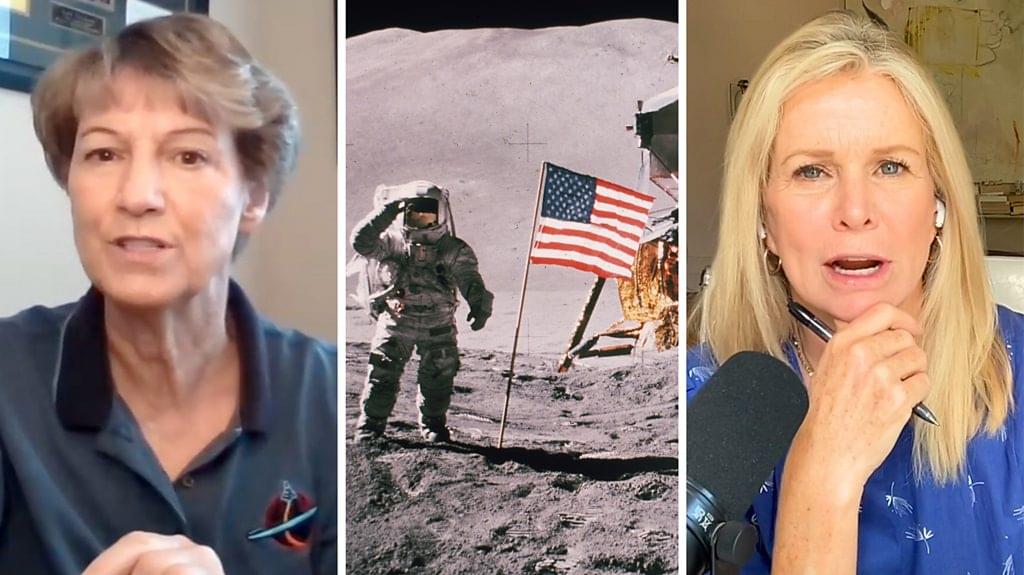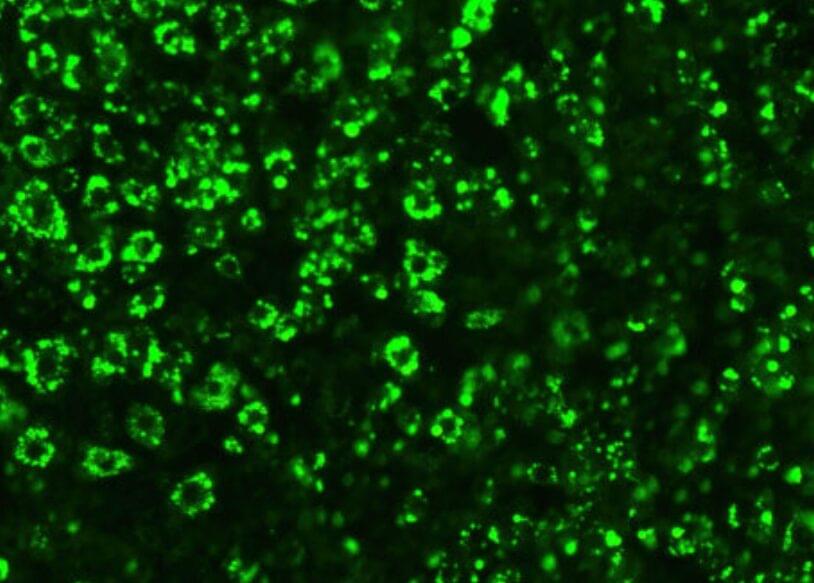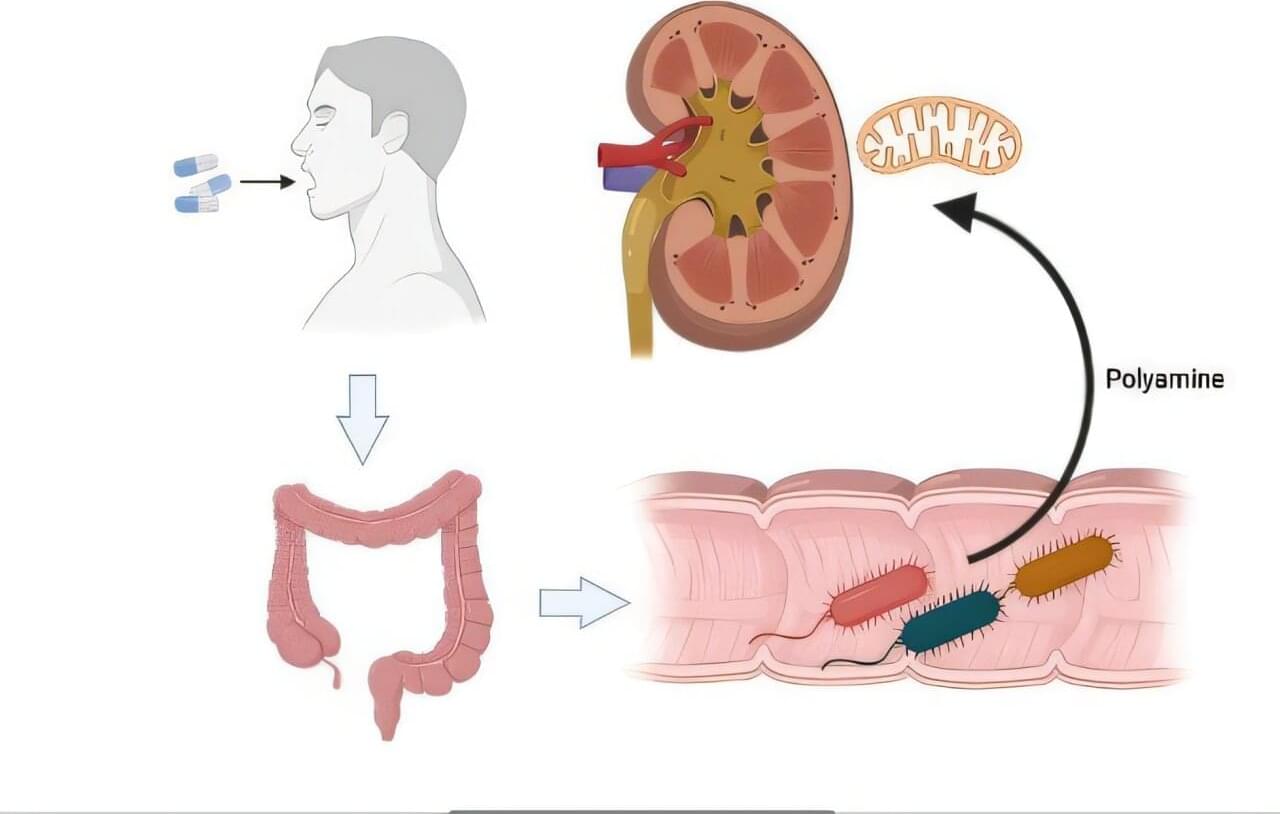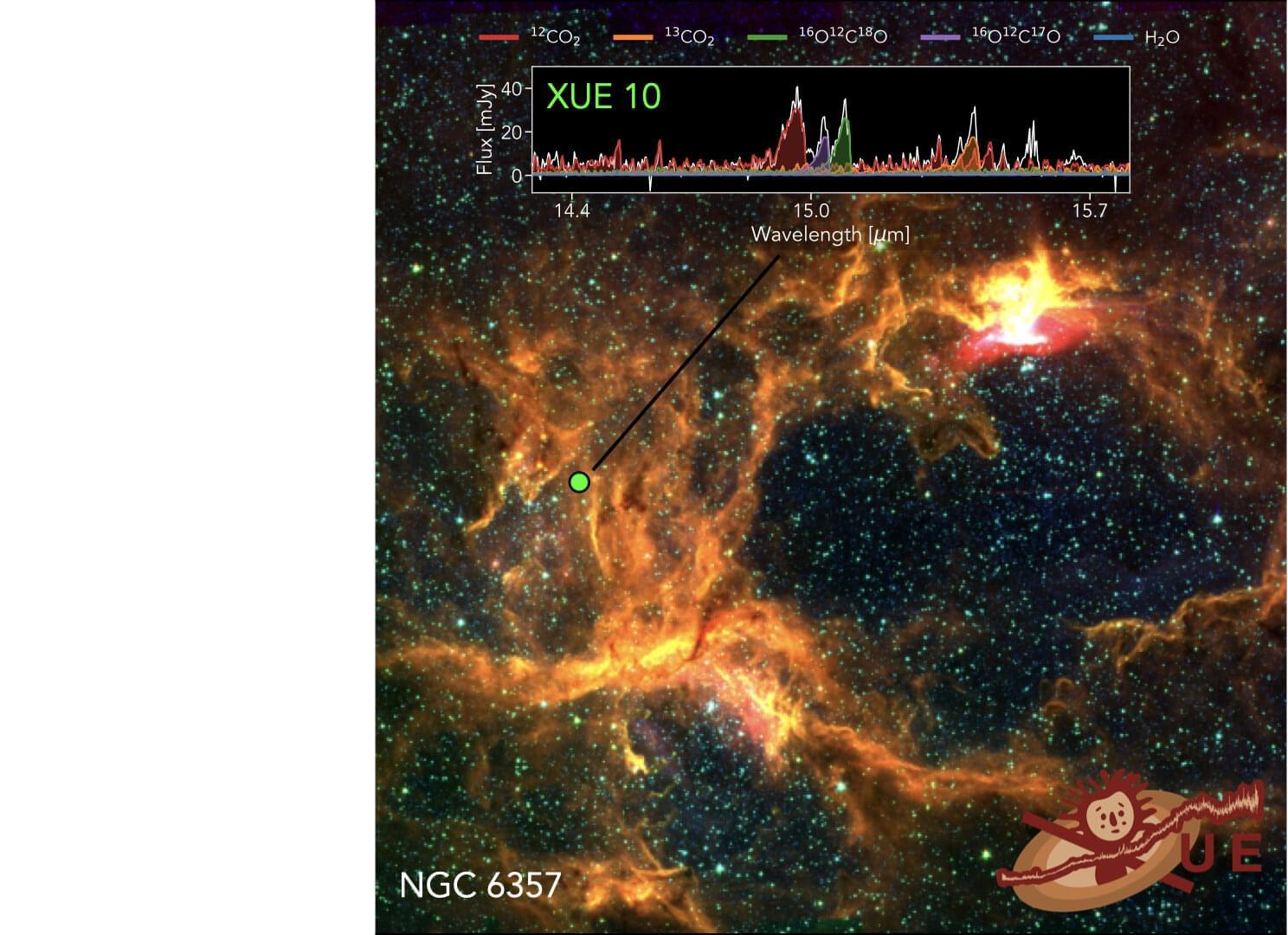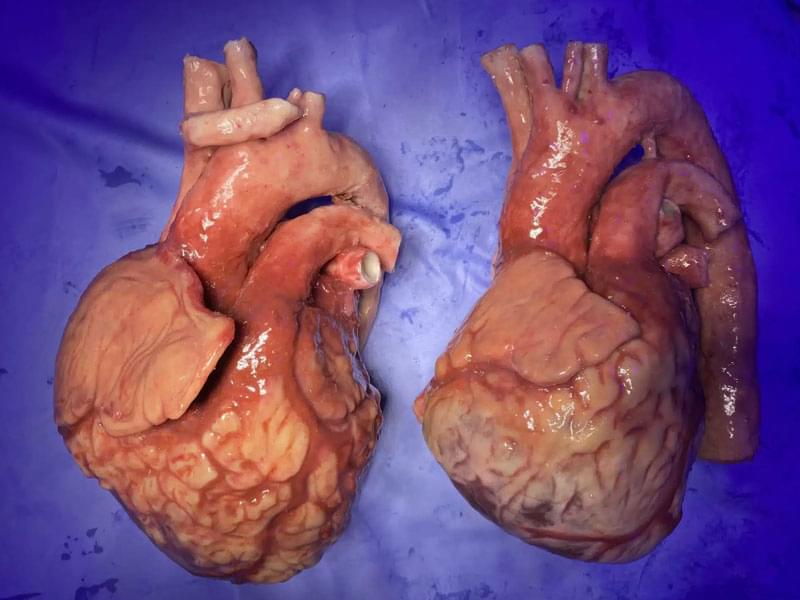Spinal Cord Restoration, Head Transplants & Beyond — The Rise And Future Of Transplantation Neurosurgery — Dr. Michael Lebenstein-Gumovski, Ph.D. — Senior Scientific Officer, Sklifosovsky Emergency Medicine Institute, Moscow, Russian Federation
Dr. Michael Lebenstein-Gumovski, Ph.D. is Senior Scientific Officer and Neurosurgeon, in the Neurosurgery Department, of the Sklifosovsky Clinical and Research Institute for Emergency Medicine, Moscow, Russian Federation (https://sklif.mos.ru/), where his team is engaged in both neurosurgical and experimental practice, conducting advanced research in the field of spinal cord injury restoration, spinal cord transplantation and head transplantation.
The Sklifosovsky Institute for Emergency Medicine is a large multidisciplinary scientific and practical center dealing with problems of emergency medical care, emergency surgery, resuscitation, combined and burn trauma, emergency cardiology and acute poisoning.
Since 2013, Dr. Lebenstein-Gumovski has been studying spinal cord injury, and also developing methods for restoring the full functional and morphological repair of the spinal cord.
Dr. Lebenstein-Gumovski’s work is aimed at studying the effect of fusogens on nervous tissue, developing new methods and techniques for treating spinal cord injury, developing methods for its resection and transplantation. The lab develops and studies various methods of neuroprotection, combining methods to achieve better results and the current focus is the study of combination fusogen-induced (PEG-chitosan, Neuro-PEG) axonal restoration of the spinal cord after its complete transection.
